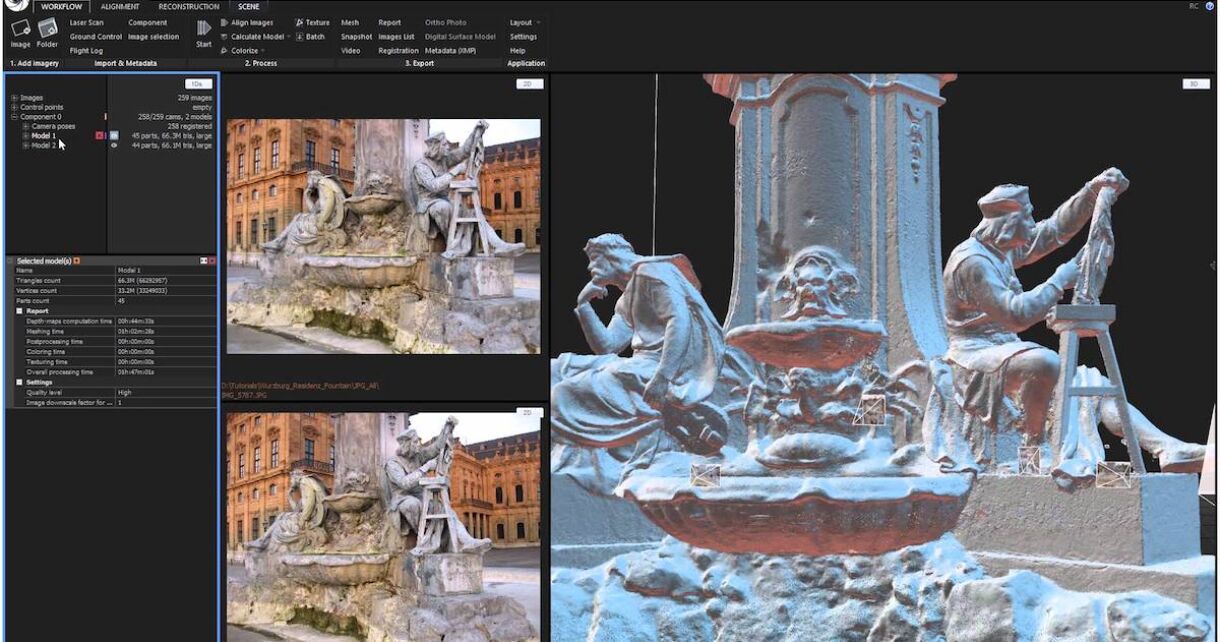The Argument For Revolutionising Art as We Know It
According to a survey conducted by the American Alliance of Museums back in June 2020, a third of respondents reported that there was a significant risk that their institution could close permanently, or they just didn’t know if they could make it through the worst of the pandemic.
The same applied in the UK, as predicted by several leading art executives, who still fear for the wellbeing of small, independent museums and art exhibitions, despite easing lockdown restrictions.
This has been further intensified by the fact that modern museums and art exhibitions still rely on a traditional revenue model and premises’ that aren’t designed for a world of social distancing.
A Look at The Current Business Model
It’s thought that artistic institutions receive less than a quarter of their funding through government funds; the rest is made up of admission fees and donations from public and private sources.
Tourists are key when it comes to driving footfall to the largest and most sought-after events and exhibitions, so a lot will depend on how quickly travelling overseas can return to some form of normality.
That said, many establishments that are now reopening again are doing so at reduced capacity to ensure they can safely comply with social distancing rules – this not only reduces revenue but increases operation costs too.
The pandemic has also impacted social behaviours, and many will be deterred from returning to public spaces in the same way as they once did. In fact, a survey in 2020 conducted by the Association of Leading Visitor Attractions discovered that 29% of people said they did not intend to return to visitor attractions even after reopening, and 54% claimed they had been put off returning to attractions for the foreseeable future.
The fact of the matter is that we’re not likely to see attendance levels reaching pre-pandemic levels for some time to come.
Is Interactive Art Through Gamification The Solution?
In order to try and recoup some of the losses, many venues will need to think carefully and creatively about how they generate potential new revenue streams.
One potential solution is for venues, artists and curators is to embrace digital audiences, and think of ways in which additional revenue can result. Of course, in order to be successful at doing this, digital art must be a fascinating and exciting experiences to those audiences.
Gamifying art installations, museum collections and similar pieces online is a super powerful way to create social interaction and engagement with the modern audience. Games like Fortnite, Minecraft and World of Warcraft have all experienced huge success in part because they rely on a social function to offer a richer experience.
Of course, this concept is not entirely new, back in 2015, Tate Worlds used Minecraft to formulate a series of interactive 3D maps inspired by the various artwork collections. This offered audiences the opportunity to explore the artwork in a way that had never been done before.
The project combined the usual Minecraft familiarity that gamers were used to, such as adventure, challenge and interaction, but managed to line the entire experience with an educational undertone.
What’s so perfect about this approach is that players and audiences are more involved and motivated to learn more about the artwork, because the gameplay inspires their creativity and inquisitiveness.
Another example of the gamification of art was partly inspired by the pandemic itself. When renowned sound artist Dr Mike Blow, realised that the reach of his physical pieces would be severely diminished by the COVID-19 pandemic, he decided to explore the digitisation of one of his pieces.
He took inspiration from a piece he’d created some years before known as Aeolus’ Cabinet, which took an old-style index card cabinet and once each drawer was opened those interacting with it could hear different wind sounds.
He decided to take this original vision online and create something new. Aeolus Online is a digital artwork that utilised a technology called RealityCapture which was able to map the cabinet and create an entirely realised 3D environment.
Dr Blow was able to reach out to the artistic community to ask for recordings of wind and received submissions from all over the world. The piece received a huge amount of attention, which perhaps in itself wouldn’t have been possible if people weren’t actively searching for interaction during the pandemic.
The final product contains twelve different wind sounds that users can experiment with, by mixing and matching their own compositions and using them for a multitude of purposes.
Takeaways
Of course, gamifying interactive experiences is not always the correct approach, many pieces still have a place in the physical world.
Ultimately, it’s down to the institutions and individual artists to decide what would work best for their audiences. No matter what, they’ll always be a place for authentic pieces in physical spaces.
Leveraging this digitalisation to reinvent what we understand as modern art, is not just about simply trying to recoup lost revenues, it’s about remaining on the cusp of what’s relevant to ensure that younger audiences can interact with a world that simply comes naturally to them.

